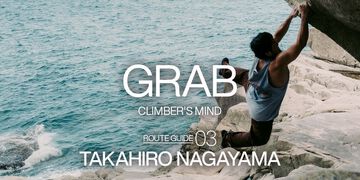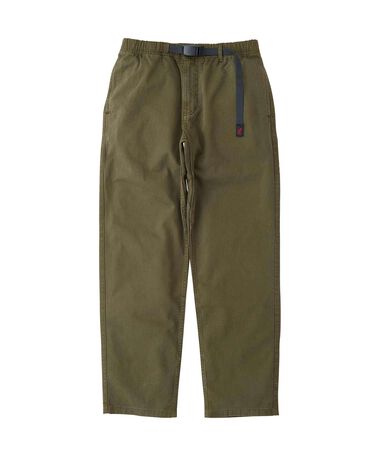Gramicci is now a fashion fixture in everyday life, but its roots are clearly in climbing. The brand originated from the climbing pants of legendary rock climber Mike Graham, who was dubbed the "Stone Master" in the 1970s. In this series of articles, we will explore the mentality and lifestyle of climbers who have been captivated by the sport, and how they approach climbing. The signpost that traces the origin of Gramicci once again embodies the essence of surviving in the present.
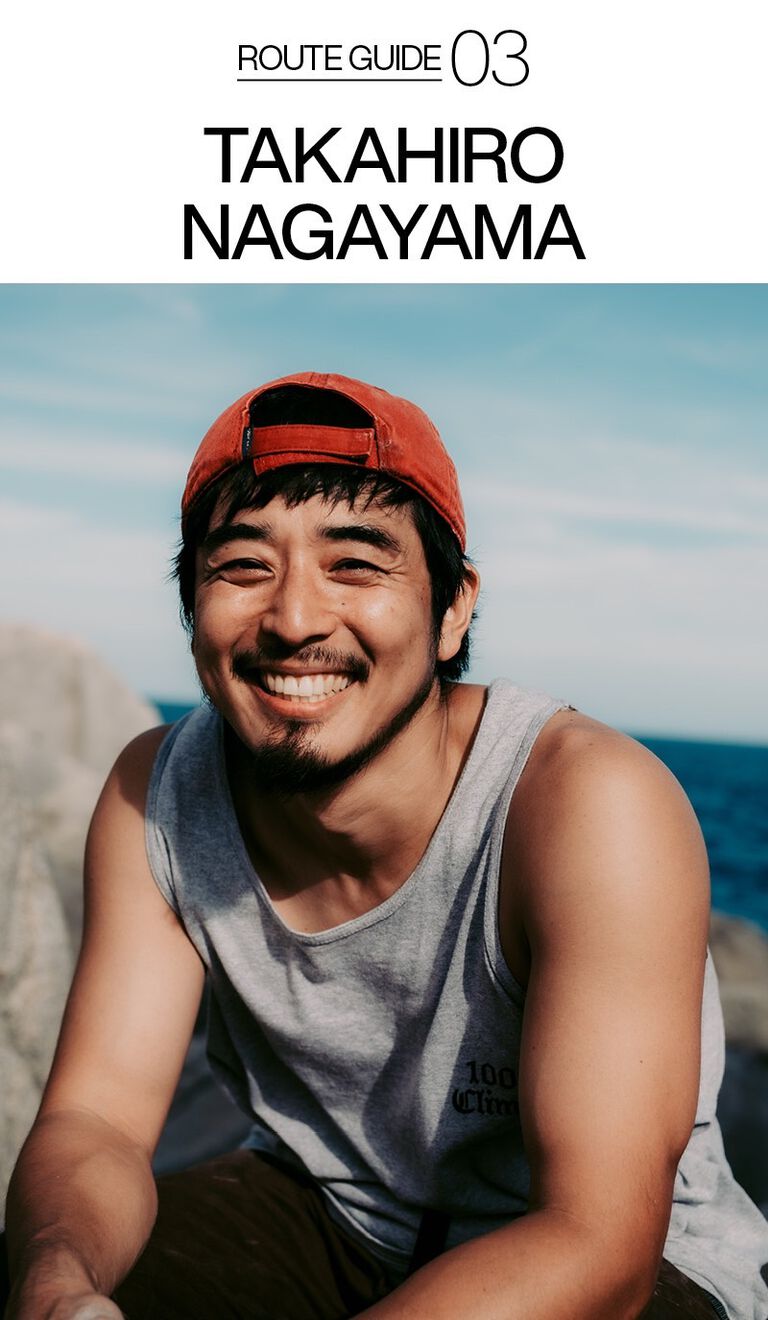

NAME
永山貴博
TITLE
Awesome Climbing Wall Owner
AREA
Kishira Coastline
PROFILE
Born in 1984 and originally from Saitama Prefecture. After working in PR at The North Face, he moved to Kagoshima Prefecture in 2019 to dedicate his life to climbing. He now runs the climbing gym Awesome Climbing Wall while working tirelessly to develop and promote climbing spots across Kagoshima. A 100% climber at heart, his signature Yosemite cap is his iconic look.
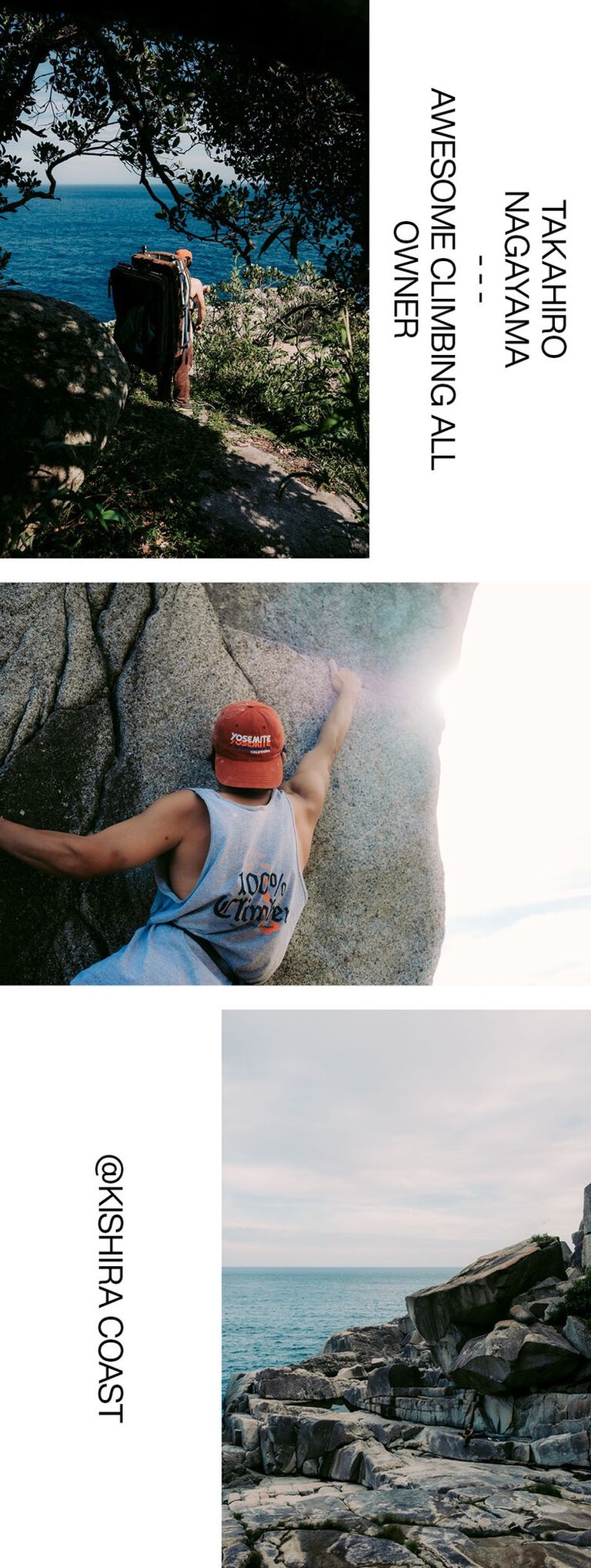
Since moving to Kagoshima in 2019, Mr. Nagayama has dedicated himself to discovering uncharted climbing spots. His warm, approachable demeanor and infectious grin make him truly awesome—just like the name of his gym.
"I’m thinking about climbing 365 days a year!" he laughs. To uncover the source of his passion, we followed him in an exclusive feature, revealing the true spirit of a man whose heart is completely captivated by the rocks.
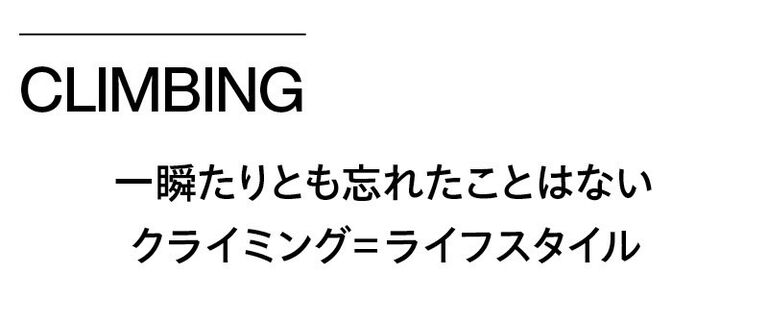
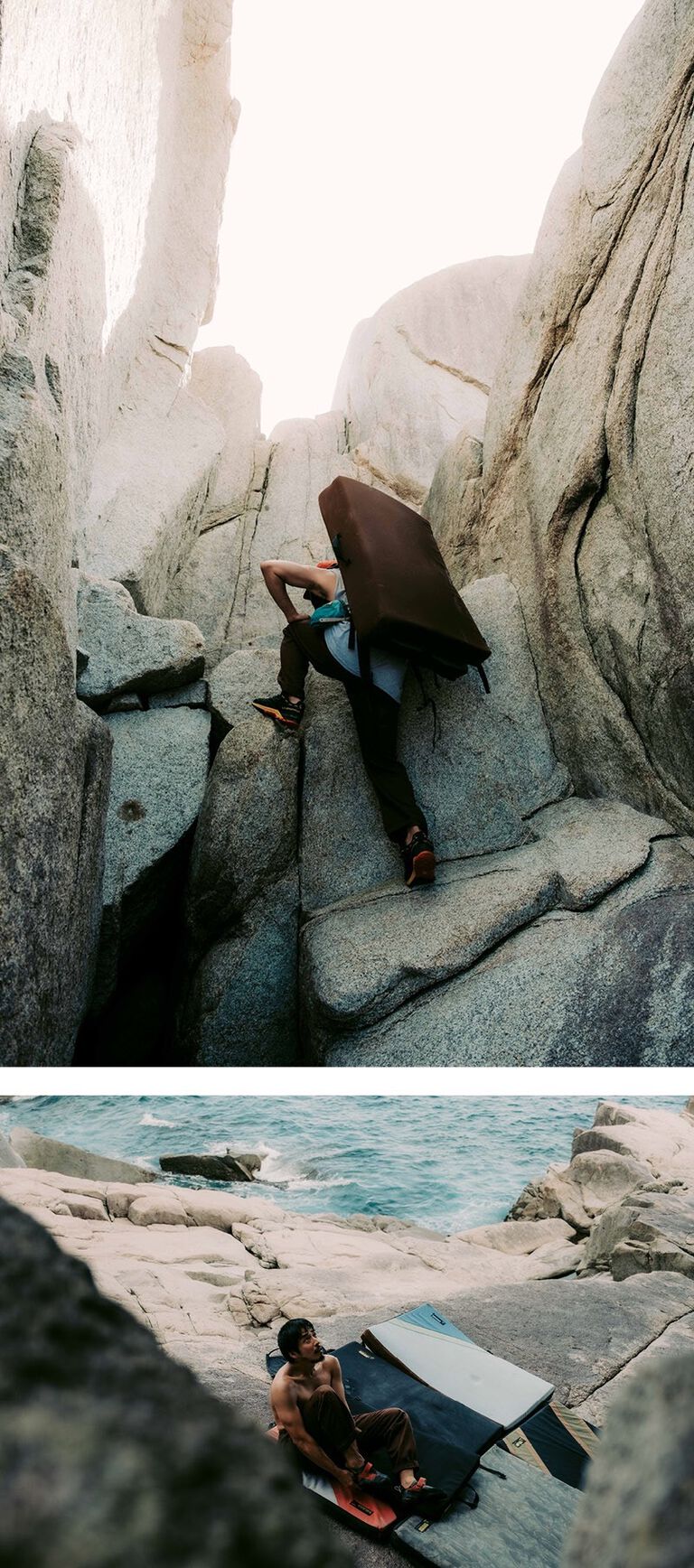
―――What inspired you to start climbing?
I was a snowboarder for years, but I got into climbing around age 29 after joining The North Face. Back then, the Harajuku store was a gathering spot for absolute legends – mountaineers and mountain specialists of every kind. Seriously, everyone there was next-level intense.
One day, some staff from the store invited me on an overnight trek to Yarigatakeduring the snowy season—an intense two-day climb. The first night, we had to bivouac, and between the cold and the wind, I honestly thought I might die (laughs wryly). But thanks to the team’s support, I made it to the summit. During the final push, there was actual climbing involved, and that’s when I realized: ‘If I want to tackle peaks like this, I need proper training.’ So, I started hitting the gym.
But when I tried training? I was terrible at it—frustratingly so. Funny how it works: I started climbing just to improve my mountaineering, but somewhere along the way, I fell in love with climbing itself.
―――It’s incredible how deeply climbing captivated you, isn’t it?
There's one experience that really stuck with me. Back when I first started training at the gym, I kept failing on a route and planned to come back after work the next day to try again. But that same day at work, I couldn't even grip a hanger properly (laughs). I'd never experienced anything like it - like, what's wrong with my hands?
That's when my stubbornness kicked in. Seeing my arms trembling uncontrollably, I made a vow: 'I'm not leaving until I send this damn route.'
After that, I started training at the gym even more obsessively, gradually conquering moves that had once seemed impossible. You don't get many experiences like that in your 30s, you know?
Sometime later, I visited my first outdoor crag – Mountain Mizugaki, if I remember right. The feeling of standing atop that rock was indescribably good, something I'll never forget. It was like... just my bare self-confronting nature.
Now climbing has become my daily life, and I often think - man, I'm just so grateful this world has rocks to climb (laughs).
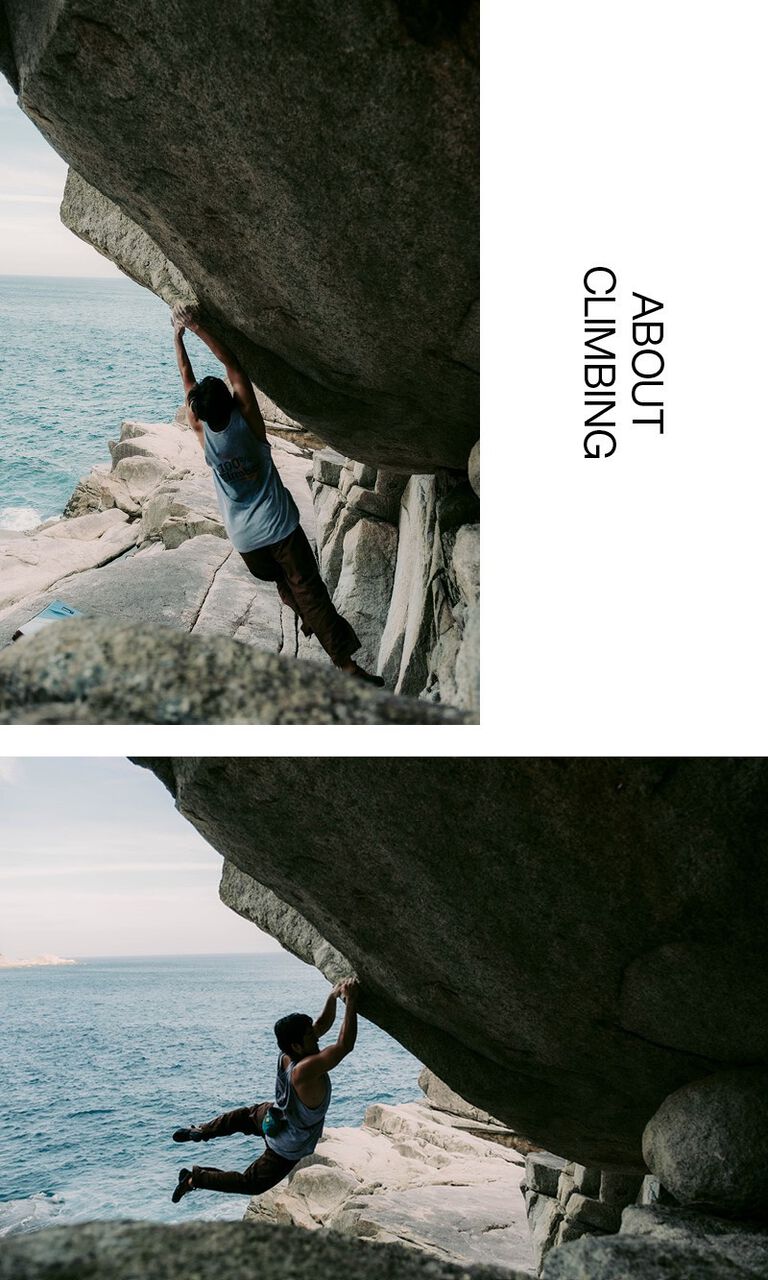
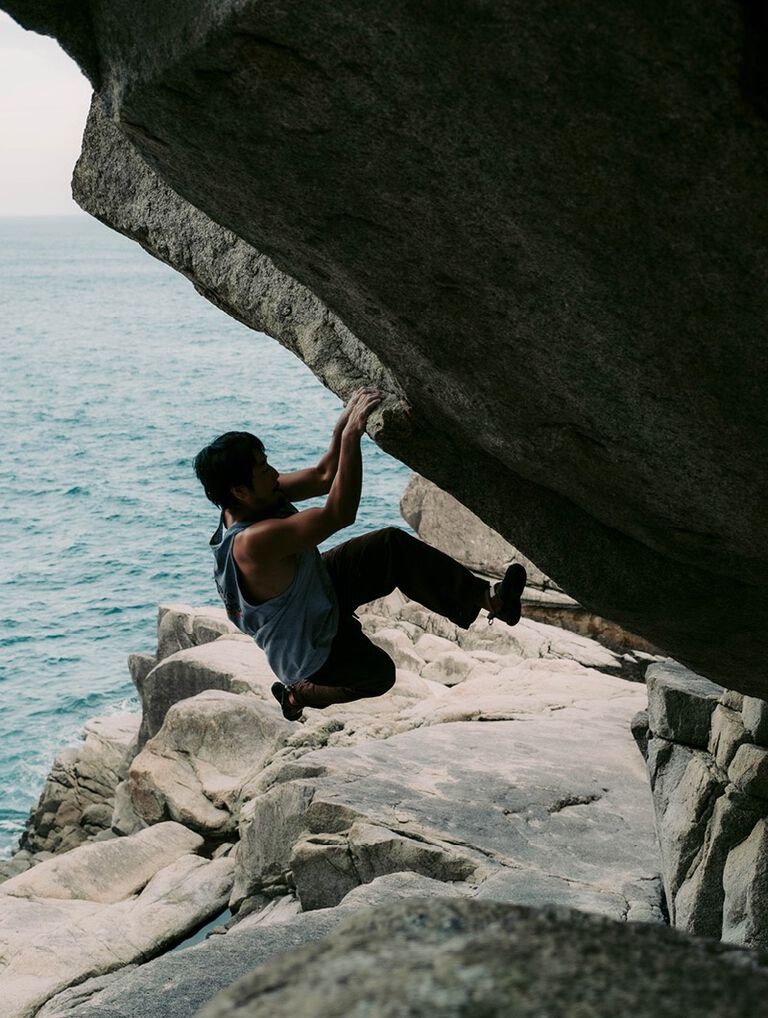
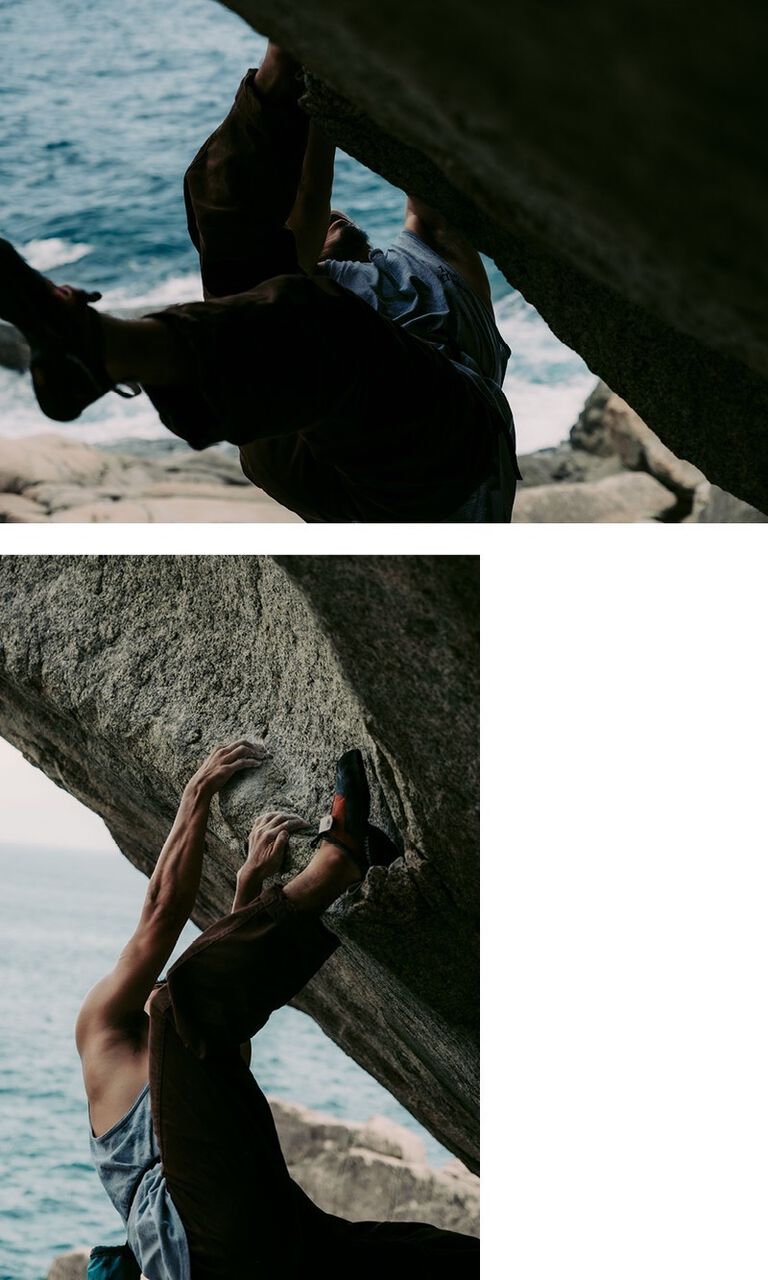
―――Please tell us about how you first encountered Yosemite, which you love so much.
My first Yosemite trip happened during my first year as PR for The North Face. When HQ arranged a press visit, I thought, 'If I'm going all the way there, I'm hitting Yosemite too!'—so I tacked on vacation days before and after the assignment.
My target was Midnight Lightning, that iconic boulder problem with the chalk-drawn lightning bolt at the top. I didn’t even have a crash pad (laughs). While I was attempting it, two American climbers spotted me and yelled, 'You’re out of your damn mind!'—then loaned me their pad. Classic Yosemite hospitality.
We couldn’t climb much because of the rain, but I noticed something special—everyone just adapted. People would read books under the trees when it poured, and there was this... unique rhythm to life there. It hit me: Climbing wasn’t just an activity for them; it was woven into their daily existence.
With those two climbers I’d met, we ended up spending the next three days together tackling routes. Rain or shine, that trip taught me Yosemite’s real magic wasn’t just the rocks—it was the way climbing became the heartbeat of everything.
A few years later, I reunited with those two when I cast them as models for the final promotional booklet I worked on at The North Face. It felt like everything had come full circle."
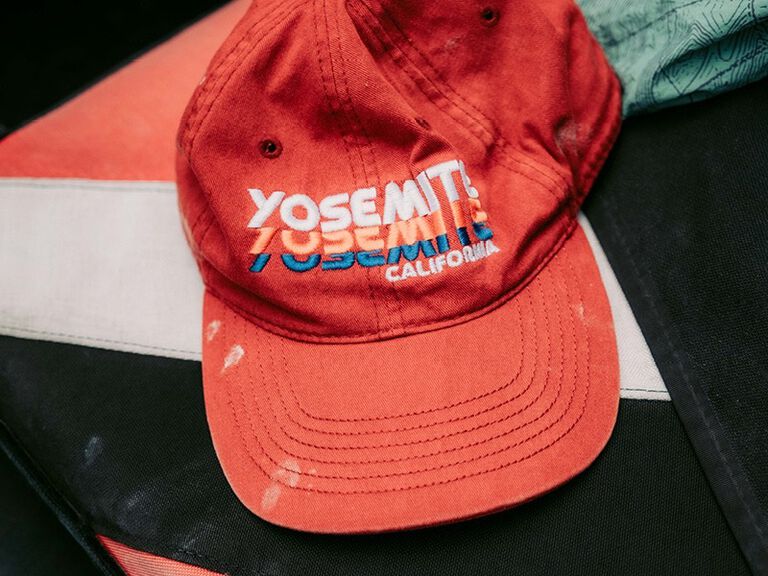
―――That's a very moving experience. I'd like to ask you about your own climbing style.
My strength lies in my ability to take on bold challenges that others might not try.Naturally, climbing is a sport that involves considerable danger, and there are always boundaries that exist. There’s that borderline where if you climb any higher, there’s no turning back. The struggle of whether you can surpass that boundary, and the sense of achievement when you do manage to climb beyond it, is something I truly enjoy. I love the feeling of surpassing the boundaries I set for myself.
I believe that climbing is completely a mental sport; if you think you can't do it, then you won't be able to. However, the problem now is that those boundaries keep getting pushed higher and higher (laughs). I have a family, and I understand that it comes with risks that are close to death, but it seems I can't easily give up on taking on bold challenges.
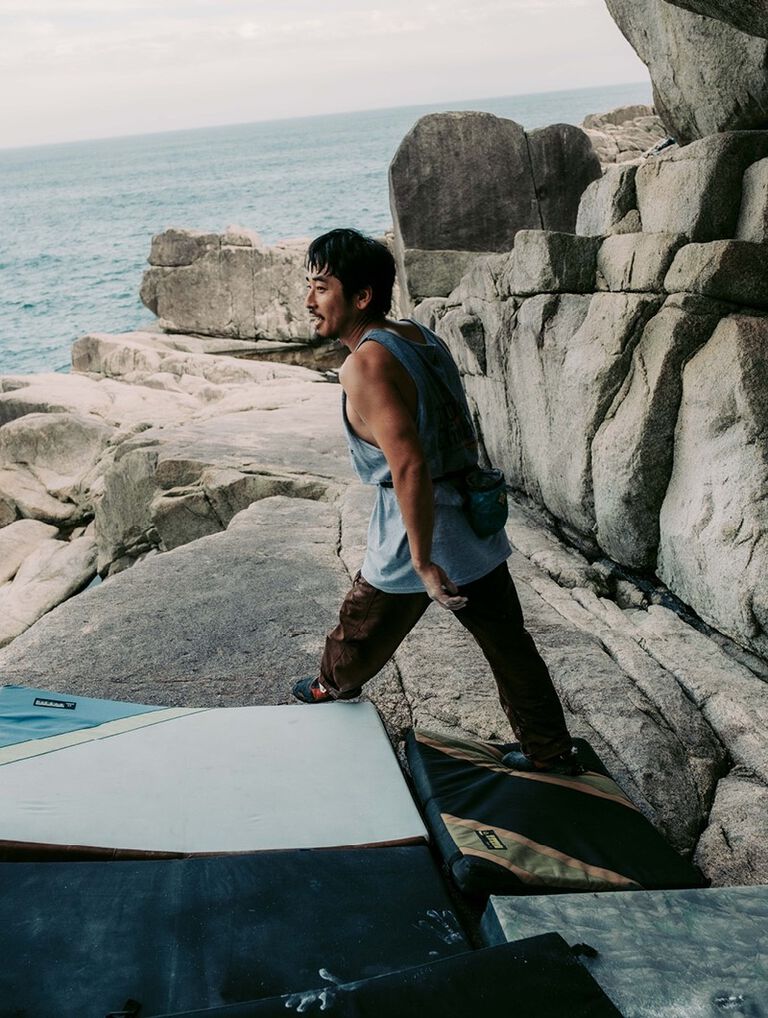

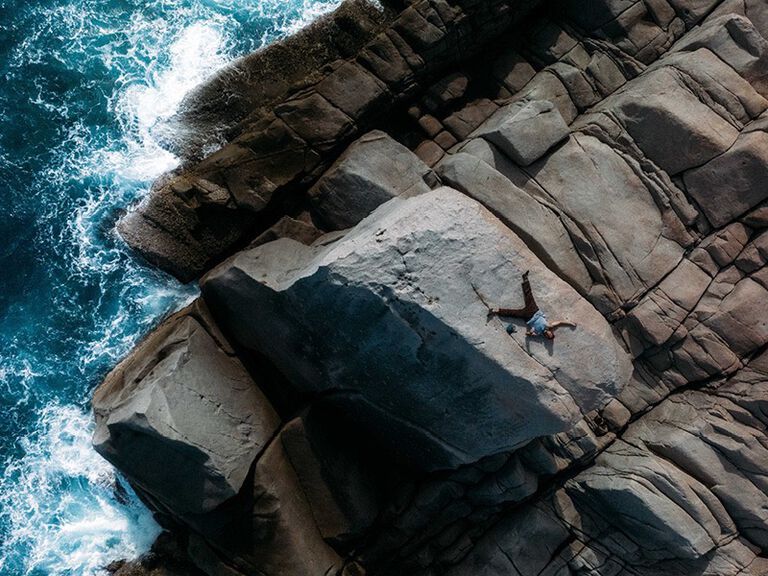
―――Please tell me about your encounter with Kishira Coast.
I moved to Kagoshima in 2019, but prior to that, I had visited Kishira Coast once for a promotion with 'The North Face.' At first sight, I thought it was paradise. There were so many boulders along the coastline that it felt like I'd never be able to climb them all, and my mind almost started to go crazy (laughs). After a while, I received a message from my wife, who is from Kagoshima, expressing her wish to return to her hometown. I was like, 'If there’s Kishira Coast, then that’s totally fine by me' (laughs).
―――It sounds like it was a wish come true for you (laughs). Was this originally a famous climbing spot?
It was a secret spot cherished by a limited number of climbers from all over Kyushu. However, realizing that such a wonderful place existed, I wanted to share it with climbers nationwide. So, I started planning an event together with Akira Fukuoka, the owner of 'Kironico Boulder Park' gym in Taniyama, Kagoshima. This led to the 'Kishira Rock Summit' in 2020, which was a public event where Kagoshima climbers also collaborated to develop the areas known as 'Tofu Area A and B' at KishiraCoast.
By 'public,' I mean that it was announced to climbers nationwide that they could freely climb there! Once we decided to make it public, we held discussions with every climber who had cherished Kishira Coast, sitting down with them to address any concerns. We made sure to obtain everyone's permission before proceeding with the event.
―――What makes Kishira Coast so special?"
The coastline is dotted with huge white granite boulders, and there are countless climbing routes scattered throughout, which must be the perfect environment for climbers. I don't think there's a climber who wouldn't be captivated by this location. Without a doubt, it's number one in the world. I’m convinced it surpasses even Yosemite and Joshua Tree National Park in my mind.
However, it takes about two hours from the airport, and you also need to push through a thicket of bushes to reach the climbing area, so the access is honestly not great. Furthermore, there are currently no national lodges in the vicinity. That's why, to attract climbers from around the world as a holy land for rock trips, I want to build various pathways and infrastructure in the future.
―――When is the best climbing season at Kishira Coast?
I would say the best climbing season is from mid-November to mid-February. Even in the middle of winter, you can climb in a T-shirt and long pants! At other times, the rocks can get hot, making it difficult to hold onto the grips and the chalk will run out quickly, creating conditions where slipping is always a possibility. So, I definitely recommend climbing during the season. Since the ground is rocky, it's advisable to bring extra crash pads along with your partner.
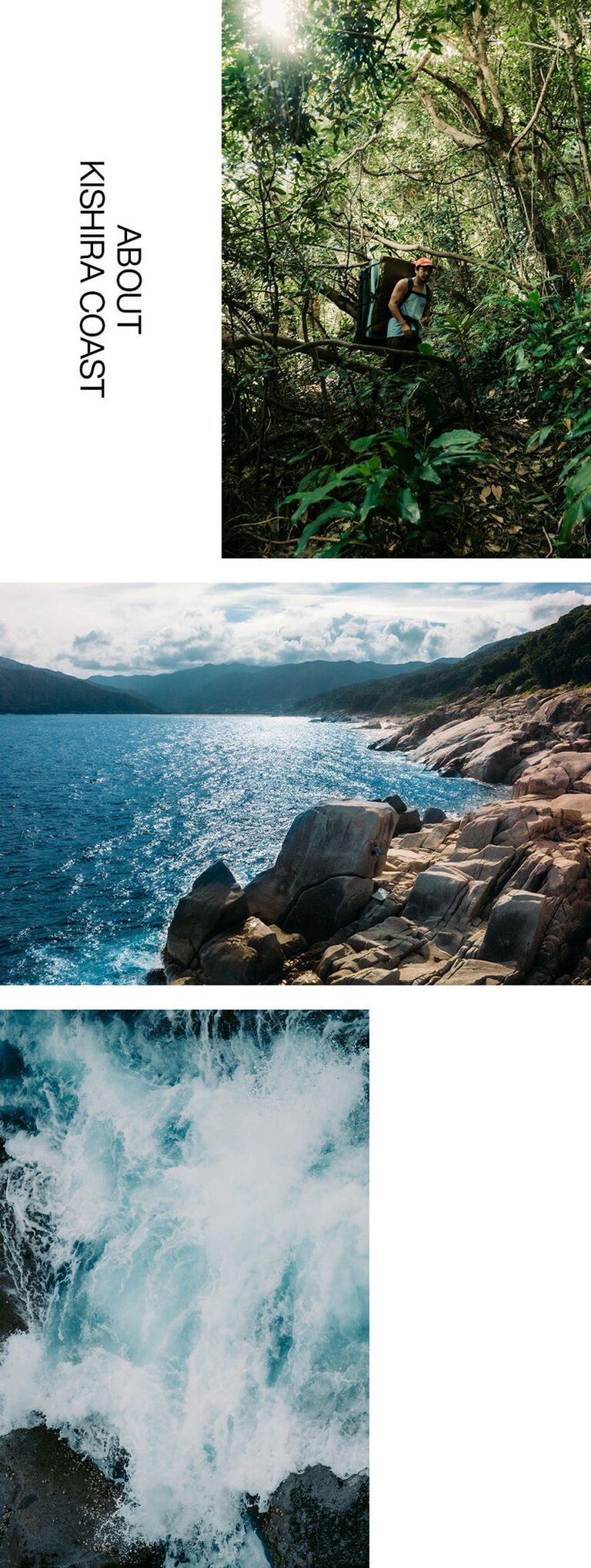

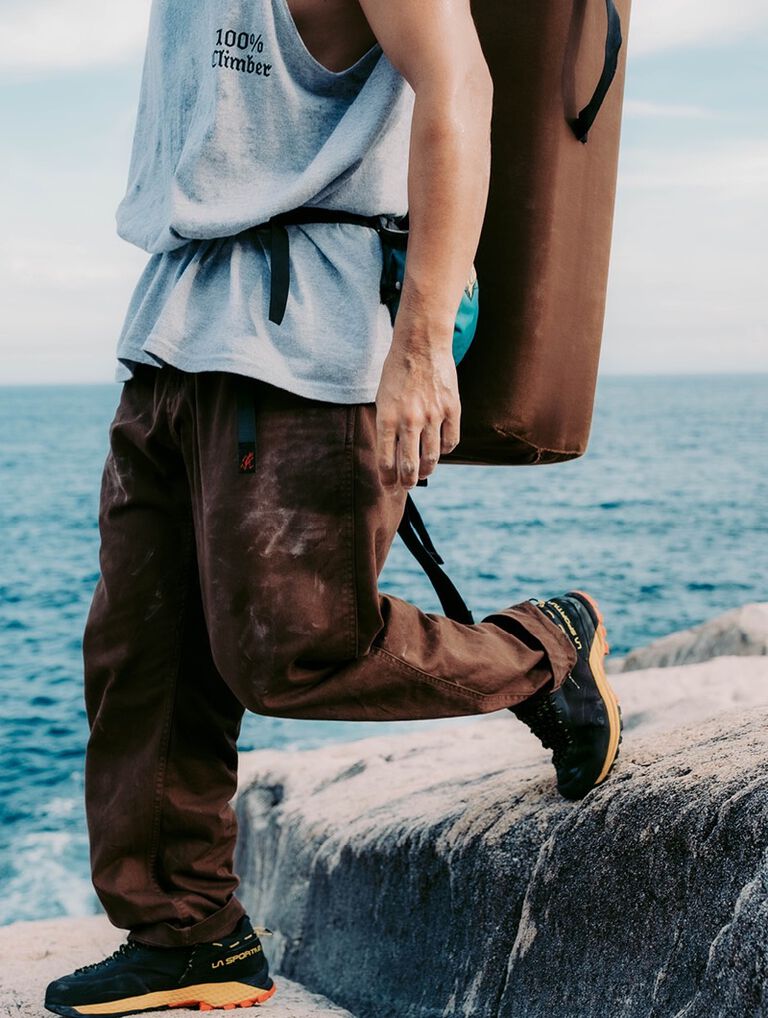
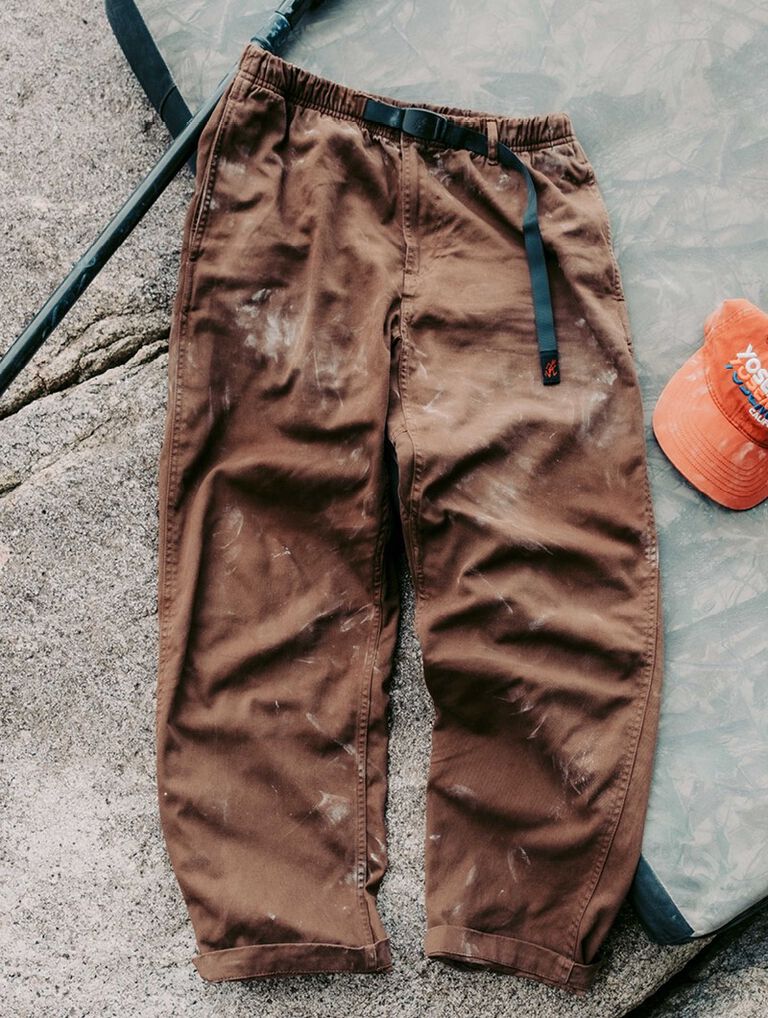
―――Please tell me about your encounter with Gramicci.
It was during my senior year of high school. At that time, I was completely immersed in water polo at Hanazaki Tokuharu High School in Saitama. I had a very crew-cut hairstyle, but being part of the 'Ura-Hara' generation, I was also interested in fashion. After my club activities settled down, I started a part-time job to buy clothes.
Well, there was a select shop called 'Freestyle' in Saitama, which is no longer around. It was there that I first saw Gramicci, Wild Things, and other cool made-in-the-USA outdoor brands. The staff were wearing plain T-shirts, bucket hats, and Gramicci linen pants, and they looked incredibly stylish! Plus, the staff member had a crew cut too, and I remember being impressed by how fashionable someone with a shaved head could be (laughs).
―――Since then, have you become a collector of Gramicci?
Yes, that's right. The first item I bought was Gramicci's linen pants. While they are durable, there is a limit to the material itself, so I've been taking great care to ensure they don't wear out. For me, 'Gramicci = 100% linen or hemp made in the USA' is a must, and I currently own about 12 or 13 pieces, including shorts.
―――Do you have any thoughts on Gramicci pants from a climbing perspective?
As streetwear, they are perfect, but from a climbing perspective, I feel that the thigh area is a bit snug, so it might be good to reconsider the pattern in a three-dimensional way. If Gramicci were to make serious climbing pants, I think there would be a huge demand for them. Using an archive logo and, if they were made in the USA... personally, that would be the best!
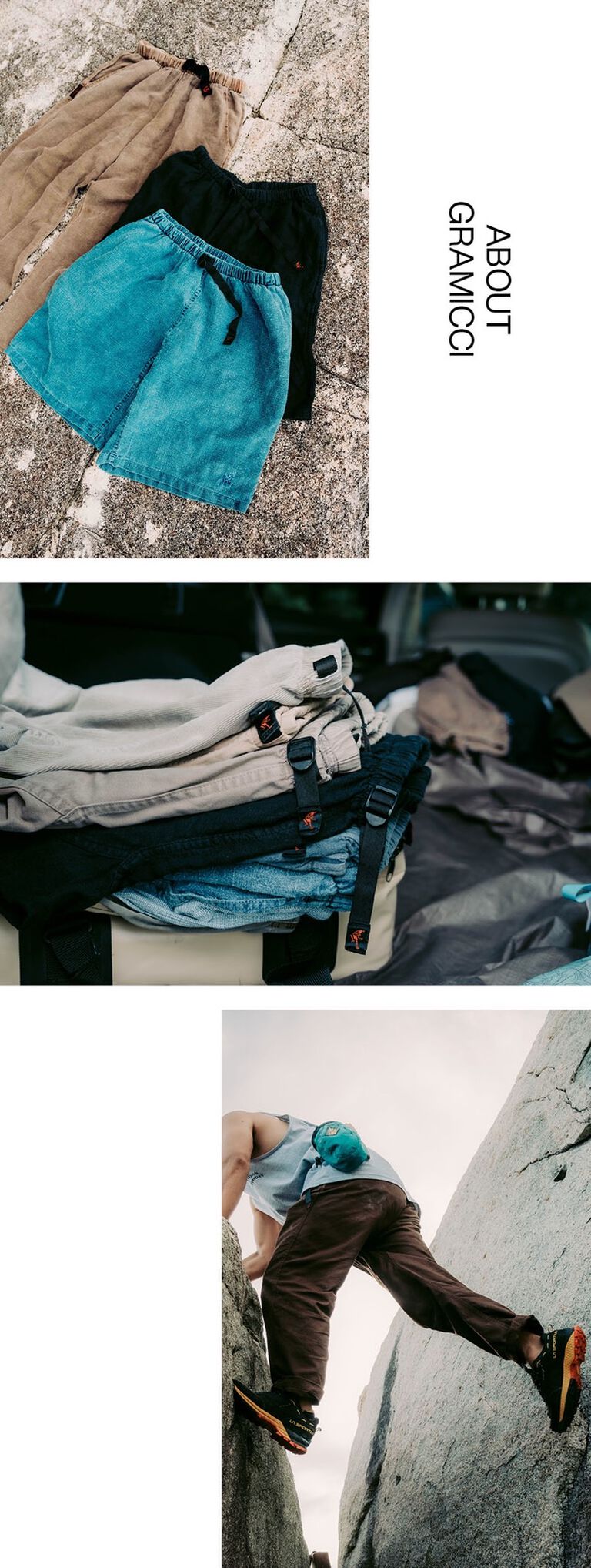
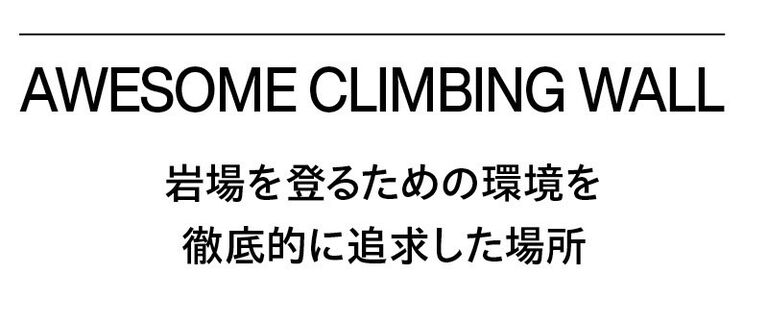
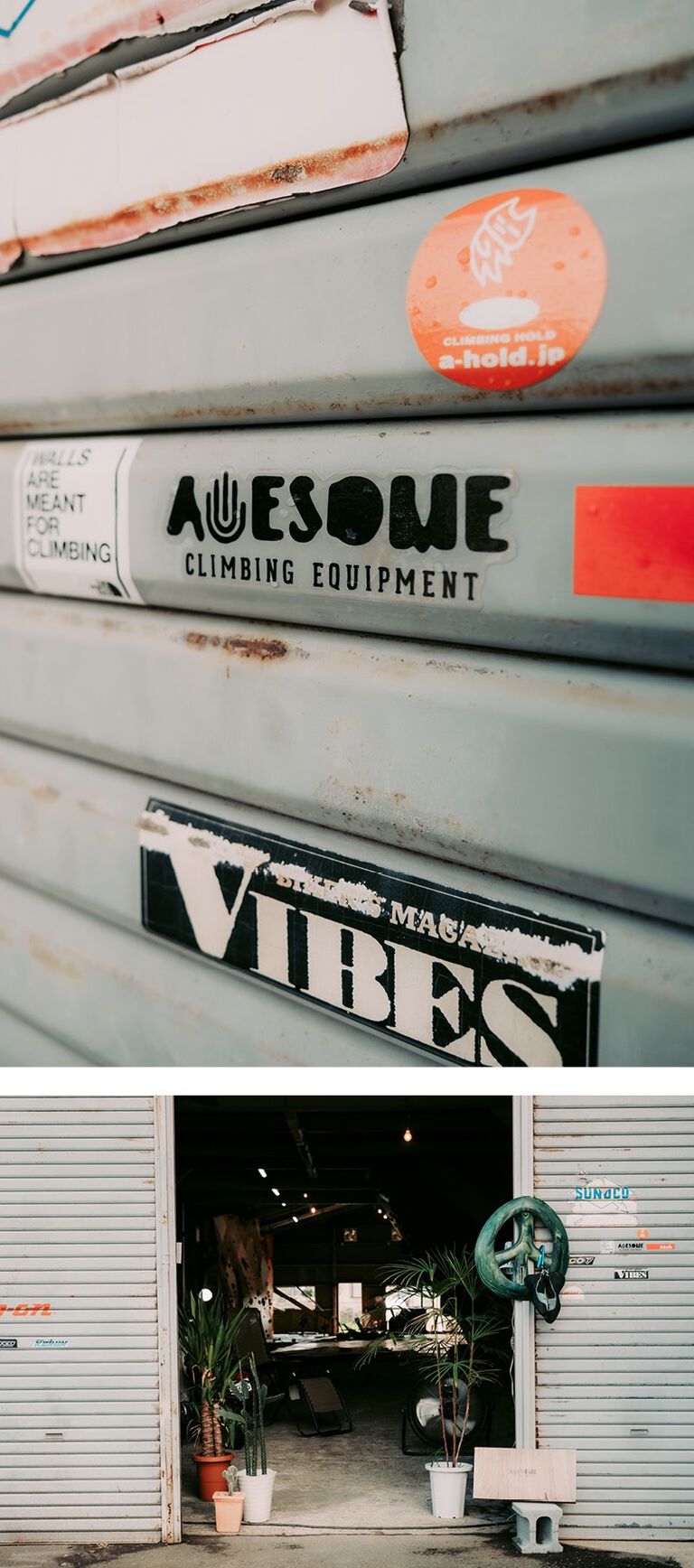
―――Can you tell me about the concept of 'Awesome Climbing Wall,' which is managed by you?
Fundamentally, I want it to be a bouldering gym that prepares climbers for heading to the crags. Indeed, with the Olympics, the popularity of sport climbing (indoor climbing) has expanded. However, I want to reiterate that 'climbing has always been with the crags
To achieve this, I had Takeshi Ito from 'Botanics,' who operates the climbing gym 'LOKU BOKU' in Yamanashi Prefecture, create a 'curved wall.' The curved wall is designed to mimic the same conditions as outdoor climbing, featuring shapes that are difficult to read and unexpected body movements when you place your hands and lift your feet. It has an overwhelming sense of presence.
―――This is packed with your passion, which is that "climbing is all about the rocks."
The reason for having many difficult challenges and not changing them for a long time is that I want to emphasize the sense of achievement when climbers finally succeed. After all, the crags we want to challenge remain in the same spot, right? By the way, we currently don’t have air conditioning, and I feel that I'm able to train in a tough environment similar to that of the crags (laughs), but I do feel sorry for the customers.
We also run a kids' school, and eventually, my goal is to take as many children as possible to the crags. Originally, this place was a sheet metal factory, so combined with its garage-like atmosphere, it might be quite a hardcore climbing gym compared to regular ones (laughs).
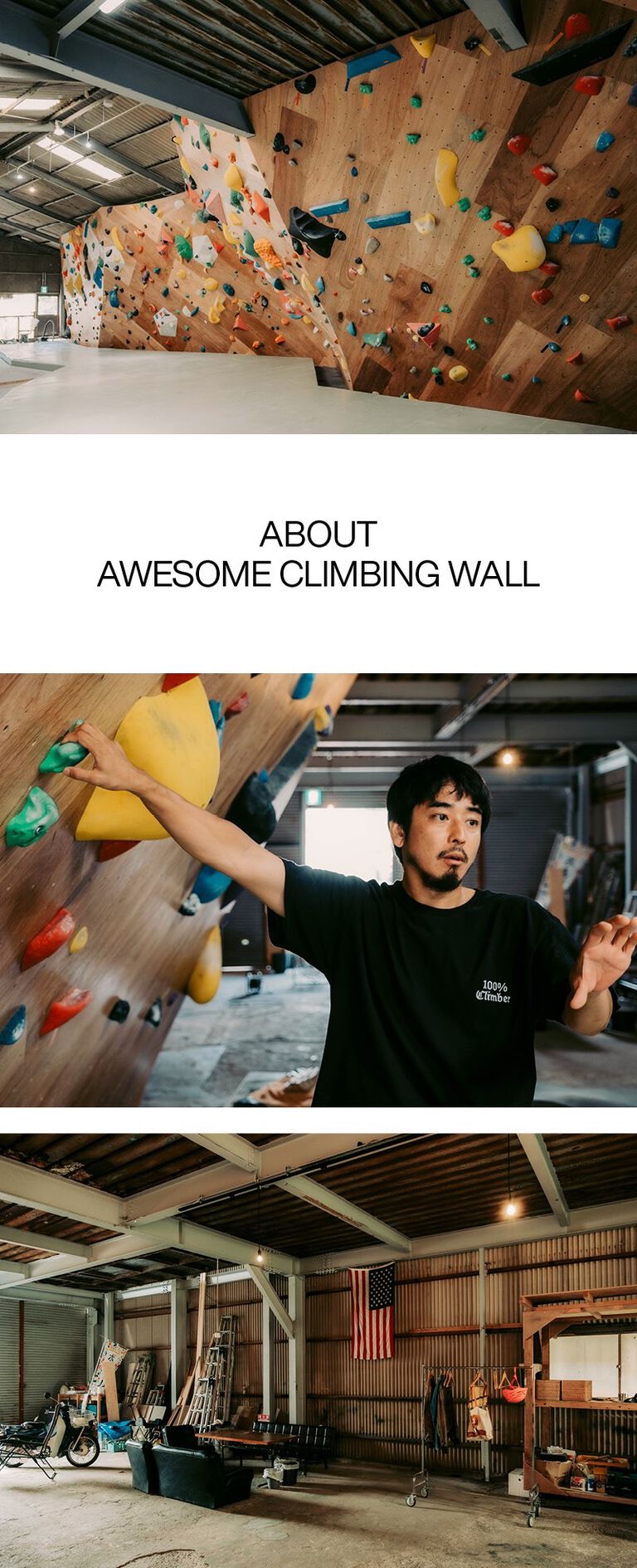

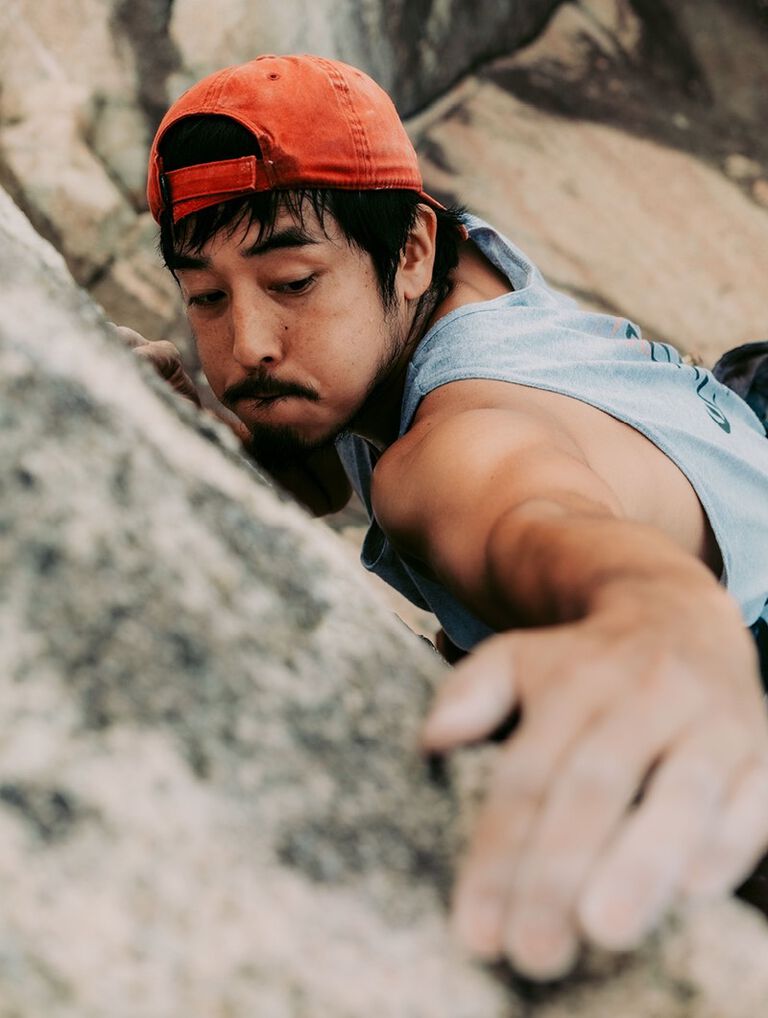
―――Please tell me about your future goals.
There is an island called Koshikijima, about an hour and a half by ferry from Kagoshima Main Island. It features an area where rock formations extend for 30 kilometers, and there are places that even the local climbers have yet to explore. I believe it's the last frontier of Kagoshima, and I hope to open it up to climbers next year or the year after.
―――I see! What inspired you to discover the existence of Koshikijima?
The inspiration came when I read an article by the alpine climber Yasushi Yamanoi, known from the documentary film 'Life Climber: Yasushi Yamanoi and the Vertical World,' on a certain outdoor brand's blog where he mentioned, 'I went climbing on Koshikijima.' Basically, that's about all the information available.
―――If Koshikijima is opened up, it seems it will go down in climbing history!
Haha! For me, leaving a name behind doesn’t matter at all; I simply want to share these wonderful rock formations. After all, the climbing areas are products of nature and belong to no one. Climbers can quickly bond with each other. I hope to continue my activities so that this circle of connection expands, allowing climbing to be understood more accurately and creating a better cycle.
―――Lastly, what does climbing mean to you?
Of course, it’s the rock (laughs).
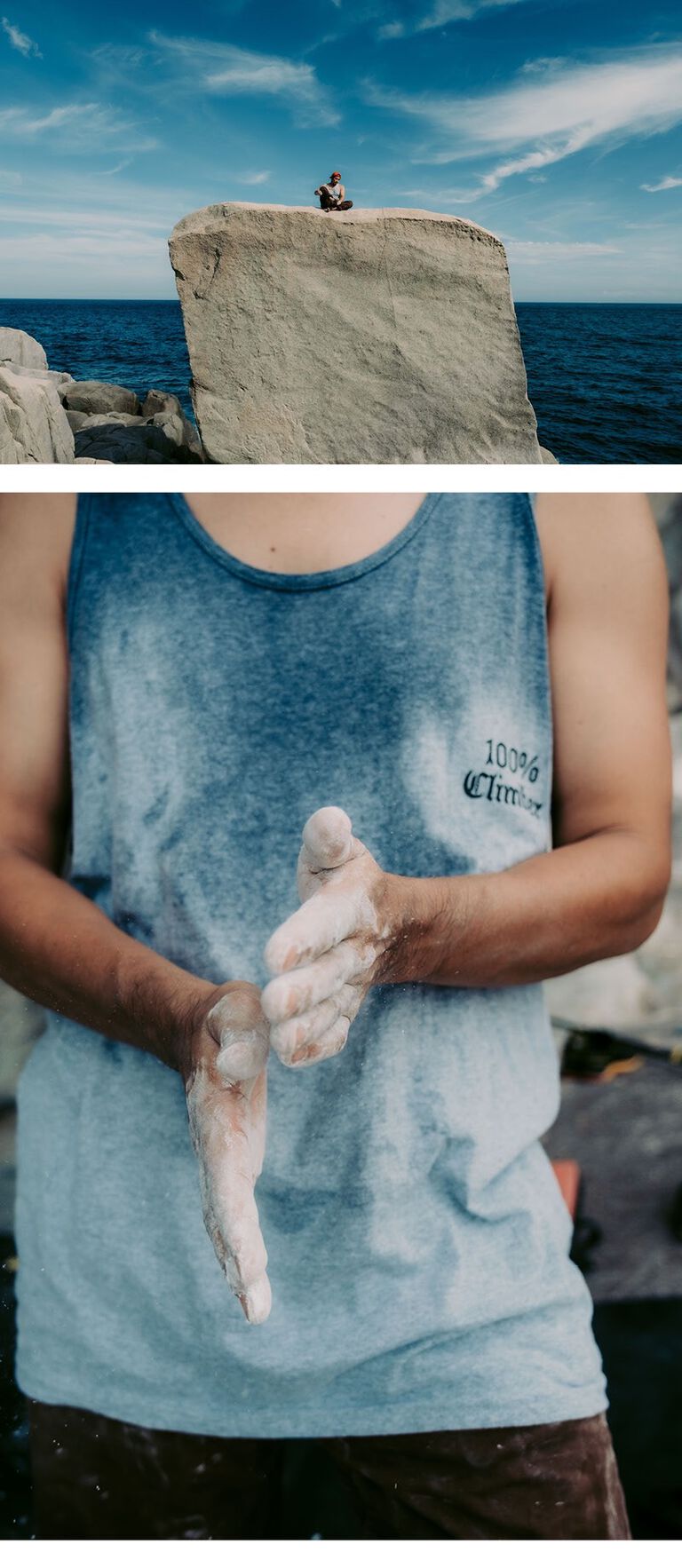
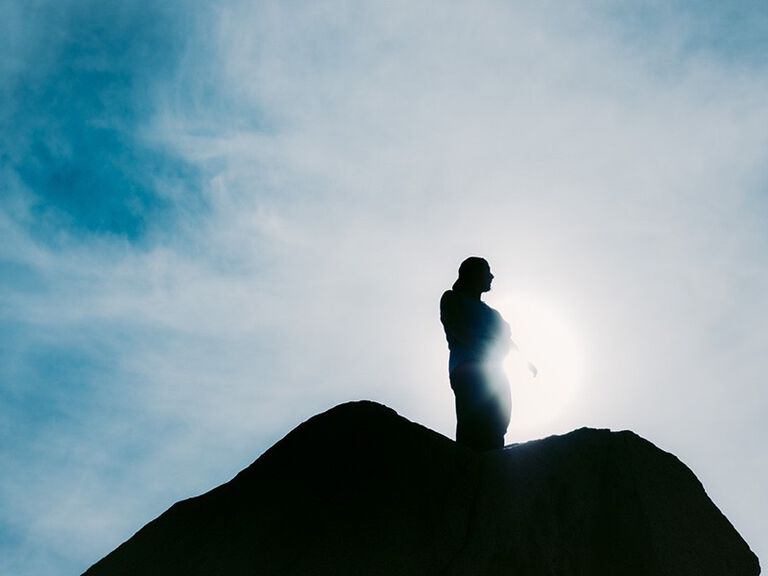
Photo:Kanta Nakamura(NewColor inc)
